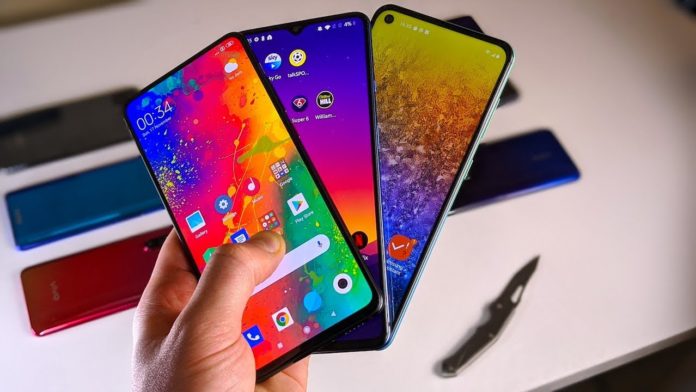Few times in a year, popular e-commerce platforms like Amazon and Flipkart woo the fans with irresistible flash sales, when certain popular products are available at discounted prices for a limited period. These flash sales are extremely popular, as they offer consumers the chance to own their favourite smartphone model, or any other popular gadget, appliance or product at lower costs.
These are akin to the Black Friday sales in the United States, where shoppers get the opportunity to make a dash for their favourite product (quite literally), before anyone else gets their hands on the item. However, unlike those melees, Indian consumers won’t have to scratch and claw their way amidst the chaos, and pry their favourite smartphone models out of someone else’s hands.
Instead, customers compete against each other — and the clock — to purchase their favourite items. These flash sales last for a few hours, but that does not mean you can purchase your favourite smartphone during that window. One of the reasons why flash sales have become so popular, is because they put the consumer on the spot, and if one dithers instead of buying the phone at discounted prices, they might not get the opportunity to buy the device again. The smartphone models are available in limited quantity, and flash sales adopt a first-come, first-serve approach.
Here’s why these popular e-commerce sites announce flash sales of smartphones.
Get rid of old phone models
It is no secret that every month, there are a few dozen new smartphone models that hit the market. We as consumers are forgiven for having shorter attention spans, as today’s flavour-of-the-week will soon become a thing of the past, as the hype soon dissipates. While the flagship models from top brands will continue to remain attractive, mid-range and budget phones aren’t as appealing, and thus, are soon forgotten.
These models are replaced by the new arrivals. With nearly a dozen smartphone brands competing for the market share, they do not have many options but to push new models as often as possible.
This results in stagnation of sales of older models. A flash sale gives the e-commerce platform the perfect opportunity to see a quick boost in sales and revenue, and offload some of the surplus stock. Considering flash sales are usually made available for a couple of hours, buyers flock to purchase the smartphone models at unbelievable price points.
For instance, you can purchase the previous year’s best smartphone under 20,000 INR for as low as Rs. 13,000 during a flash sale. It becomes a win-win situation for both, the e-commerce platform, as it observes a spike in sales and increase in revenue, and for the user, who can purchase an impressive smartphone model for a discounted price.
Ensuring greater revenue
From a retailer’s point-of-view, it makes more sense to offload excess smartphones, than to keep them piled up. New smartphone models hit the stores on an almost daily basis, and there comes a time when you just have to get rid of the older models. The easiest way to ensure that they are sold, while generating more revenue is by offering them at discounted rates. However, it doesn’t make a lot of sense to give them away cheaply for prolonged periods.
This is where a flash sale makes perfect sense. Retailers and e-commerce platforms can push consumers to make impulsive decisions. As consumers, we do not want to miss the best deals, and more often than not, we end up buying the product. If we are getting an 8GB RAM mobile phone for less than Rs. 20,000, it makes more sense to take the deal.
FOMO and increase in popularity
FOMO, or the fear of missing out, is extremely common among buyers. We do not want to be the laggard that misses out on the opportunity that others might have capitalized on. If there is a good deal, such as a flash sale on one of the previous iPhone models, we almost cajole ourselves into buying the smartphone.
Flash sales also help e-commerce platforms by increasing or enhancing their popularity. It could be through word of mouth, or by making it a trend on social media channels. For instance, OnePlus used its presence on Instagram to make OnePlus Nord trend when the smartphone was launched.
Similarly, e-commerce sites like Amazon and Flipkart often use social media channels to promote their big give-aways, such as the recent Big Billion Days, or Amazon’s Great Indian Sale. This helps them attract first-time buyers, while they also retain the more regular ones.









